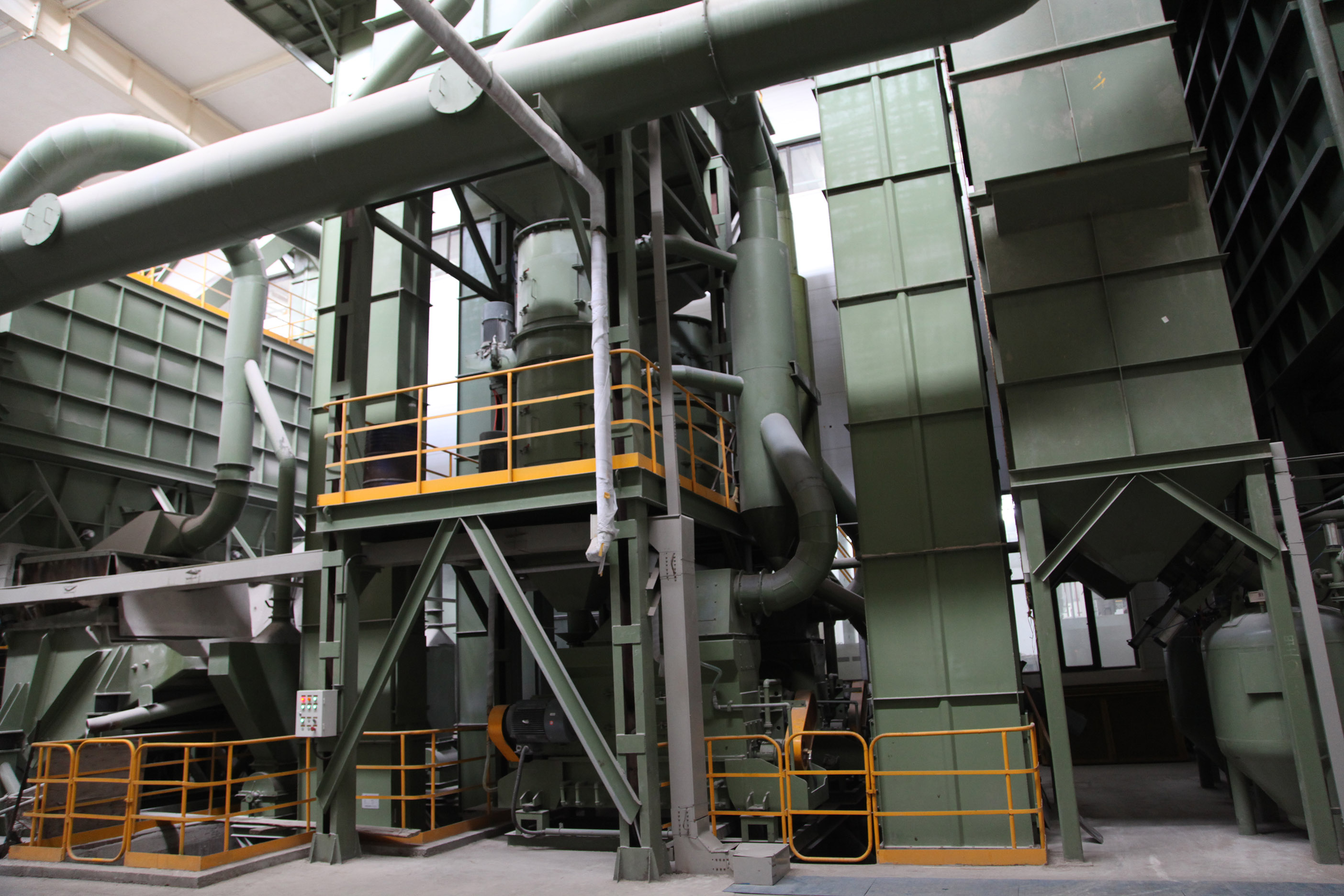- Afrikaans
- Albanian
- Amharic
- Arabic
- Armenian
- Azerbaijani
- Basque
- Belarusian
- Bengali
- Bosnian
- Bulgarian
- Catalan
- Cebuano
- China
- China (Taiwan)
- Corsican
- Croatian
- Czech
- Danish
- Dutch
- English
- Esperanto
- Estonian
- Finnish
- French
- Frisian
- Galician
- Georgian
- German
- Greek
- Gujarati
- Haitian Creole
- hausa
- hawaiian
- Hebrew
- Hindi
- Miao
- Hungarian
- Icelandic
- igbo
- Indonesian
- irish
- Italian
- Japanese
- Javanese
- Kannada
- kazakh
- Khmer
- Rwandese
- Korean
- Kurdish
- Kyrgyz
- Lao
- Latin
- Latvian
- Lithuanian
- Luxembourgish
- Macedonian
- Malgashi
- Malay
- Malayalam
- Maltese
- Maori
- Marathi
- Mongolian
- Myanmar
- Nepali
- Norwegian
- Norwegian
- Occitan
- Pashto
- Persian
- Polish
- Portuguese
- Punjabi
- Romanian
- Russian
- Samoan
- Scottish Gaelic
- Serbian
- Sesotho
- Shona
- Sindhi
- Sinhala
- Slovak
- Slovenian
- Somali
- Spanish
- Sundanese
- Swahili
- Swedish
- Tagalog
- Tajik
- Tamil
- Tatar
- Telugu
- Thai
- Turkish
- Turkmen
- Ukrainian
- Urdu
- Uighur
- Uzbek
- Vietnamese
- Welsh
- Bantu
- Yiddish
- Yoruba
- Zulu
Nov . 10, 2024 13:19 Back to list
Manufacturing Facilities Specializing in Cast Iron Components and Parts Production
The Evolution and Importance of Cast Iron Parts Factories
Cast iron has been a fundamental material in manufacturing for centuries, known for its exceptional durability, castability, and ability to withstand high temperatures. From the early days of the industrial revolution to today’s advanced manufacturing processes, cast iron parts factories have played a vital role in various industries, including automotive, construction, and machinery. This article explores the evolution, significance, and current trends within cast iron parts factories.
Historical Context
Cast iron dates back to ancient China, with evidence of its production as early as the 5th century BC. The material gained traction in Europe during the Middle Ages, particularly for creating tools, pots, and architectural components. By the 18th century, the Industrial Revolution propelled the demand for cast iron, leading to the establishment of numerous factories dedicated to its production. Innovations in casting techniques, such as the use of molds and improved furnace designs, allowed for mass production and the development of complex shapes and designs.
Manufacturing Processes
Today’s cast iron factories utilize advanced technologies to streamline production and enhance quality. The traditional sand casting method remains popular, where molten iron is poured into sand molds to create various shapes. This process is highly versatile, allowing for the production of intricate designs suited for specialized applications.
In addition to sand casting, factories also employ other methods such as investment casting, where a wax pattern is coated in a ceramic shell and then filled with molten iron. This technique is ideal for producing precise components with excellent surface finishes. Moreover, advancements in computer-aided design (CAD) and computer-aided manufacturing (CAM) have significantly improved the design and production efficiency of cast iron parts, ensuring that they meet the ever-evolving requirements of modern industries.
Importance in Various Industries
cast iron parts factories

Cast iron parts are indispensable in many sectors. In the automotive industry, they are used for manufacturing engine blocks, cylinder heads, and brake components due to their high tensile strength and thermal conductivity. In construction, cast iron is employed for building intricate facades, drain covers, and pipe fittings, providing both structural integrity and aesthetic appeal.
Moreover, cast iron is widely used in machinery and manufacturing equipment. Its ability to absorb vibration makes it an ideal material for machine bases and tool holders, thereby enhancing performance and longevity. The versatility of cast iron ensures that factories can produce a broad range of components tailored to specific application needs.
Current Trends and Challenges
As industries continue to evolve, cast iron parts factories face both opportunities and challenges. The push towards sustainability and reduced environmental impact has led to increased scrutiny of the manufacturing processes. Many factories are adopting greener technologies, such as recycling scrap iron and optimizing energy use during production.
Additionally, the rise of additive manufacturing (3D printing) presents both challenges and new avenues for growth. While 3D printing technologies are capable of creating complex components that may compete with traditional casting methods, the unique properties of cast iron still make it irreplaceable for many applications. Factories that embrace both technologies are likely to thrive, utilizing the strengths of each to cater to a diverse market.
Conclusion
Cast iron parts factories are crucial to the economy, providing essential components for a variety of industries. Their longevity and adaptability underscore the material's significance throughout history and into the future. By embracing innovative technologies and sustainable practices, these factories can continue to meet the demands of modern manufacturing while preserving the rich legacy of cast iron production. The ongoing evolution of cast iron parts manufacturing promises to maintain its relevance in a rapidly changing industrial landscape, ensuring that it remains a foundational element across numerous sectors.
-
Premium Cast Iron Water Main Pipe: Durable, Corrosion-Resistant
NewsAug.03,2025
-
Durable Cast Iron Water Mains | AI-Optimized Systems
NewsAug.02,2025
-
High-Efficiency Propane Boiler for Baseboard Heat | Save Energy
NewsAug.01,2025
-
Premium Source Suppliers for Various Gray Iron Castings
NewsJul.31,2025
-
Durable Cast Iron Water Main Pipes | Long-Lasting
NewsJul.31,2025
-
High-Quality Cast Iron Water Main Pipe for Durable Infrastructure
NewsJul.30,2025


